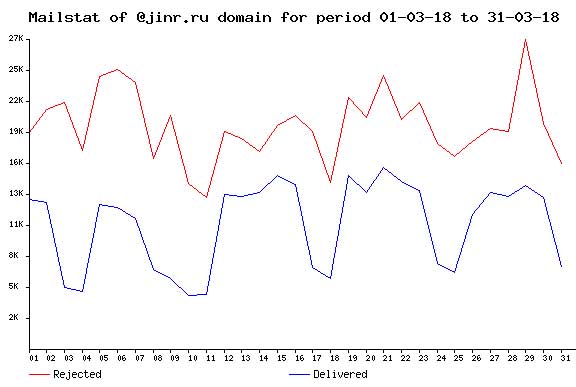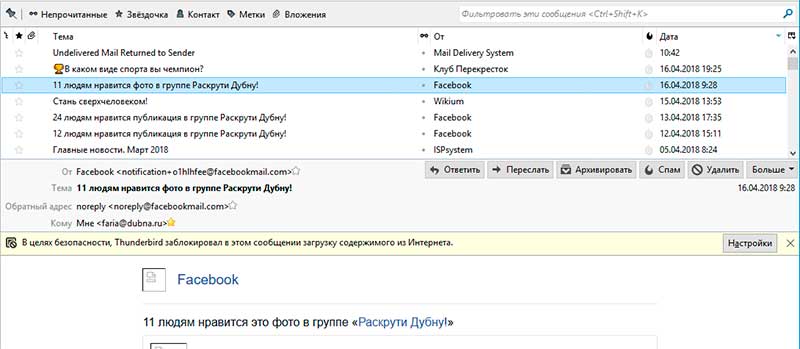In the figure, you can see the statistics for the month of received and reflected (outright spam, viruses, Trojans) emails. In just a month of letters: Processed – 975867; Reflected – 624684; Accepted – 351183.
And as it should be, in conclusion we would like to say that we really hope that you will be more careful after
understanding the principles and mechanisms of influence.
Regards, P.S. While writing this article - not a single SEAL was hurt!

Network Service.

Seals, Promotions, Discounts, Sales - for Free!
- How ... ! The secret of ... revealed! WARNING: Don't even think about ... until ...!
100 secrets about ...! In 5 days or never!!! Present ...!
Have time to buy, study, change. Change ... now!
Synopsis Spam is a mass mailing of advertising or other types of mail to people who have not expressed a desire to receive it. Spam is an anonymous unsolicited mass mailing, usually of an advertising nature.
What's that got to do with cats, you ask? - About cats next...
In the meantime, we want to talk about your correspondence, i.e. the emails you receive (and we do too) about
how and why it happens that we involuntarily take actions that we did not intend to take.
Today it's hard to know what exactly constitutes spam. Have I ever expressed a desire to receive this information? Is the email anonymous, is the information commercial or not? Do you remember which sites in the last three months you registered with your email address? Where did you specifically uncheck "I want to receive company news"?
Email is, without a doubt, the most effective business tool of modern marketing. First of all, everyone uses email. The second reason email marketing is effective: when approached correctly, emails are personalized.
When you read materials on the Internet, you understand that they are publicly available, designed for a wide audience. And you perceive them accordingly. Letters are like that. You receive them along with messages from friends, relatives, colleagues and clients - it makes you feel that the letter was created just for you.
Advertising professionals have long known about this and use it as a tool to increase sales, attract new customers, etc. Many books have been written in this field, there are various templates on how to write "sales letters", how to send them correctly in order not to get into spam. However, spammers and other scammers can and do use all of these mechanisms.
Without passing any specifics, let's try to look into the mechanisms of influence on the user. Here is a typical (simplified) recommendation for a sales letter:
-
Gain attention ==> Identify the problem ==> Propose a solution ==> Demonstrate the benefit
==> Make an offer ==>Mention the shortage
==>Call to action
Whatever product or service you're selling, you need to present it in such a way that the useful qualities of the product align with one or more of these universal motivations. To be rich, to look good, to be healthy, to be popular, to be safe, to achieve peace with yourself, to have free time, to have fun (think of SEALs). In fact, there are only 2 things that truly motivate people-the promise of gain and the fear of loss. And the second of these is a more powerful motivator.
So, I'd like to draw your attention to the three main points in writing-a headline, a sentence, and a call to action.
So, I would like to draw your attention to three main points in the letter – the title, the sentence and the call to action.
The first is the title. People are not characterized by prolonged concentration of attention, and usually they sort their mail while standing over the trash can. If the headline is "not hooked" and does not interest them, they will simply throw out your letter.
Once you have paid attention to the title, then you have already been smoothly brought to the second point – the sentence itself, which can take various forms. The best option is usually an attractive combination of price, terms and free gifts. A good sales letter will generate emotions until the very end. Using the "risk of loss" strategy, you can tell what will happen if he does not take advantage of your offer. Perhaps he will: continue to struggle to make ends meet day after day, lose the opportunity to receive all valuable bonuses, will receive the same as always, will lose something, etc.
And so, you are already ready to succumb to that very call to action – follow the link, open the attached file, do everything that is necessary and not necessary, etc. Well, if this is really an advertising letter – and if these are scammers, then sign in to receive a virus, Trojan, etc.
As a rule, you should not succumb to the suggestion contained in the spam letter "click on this link to stop receiving messages" - it is quite possible that after that you will receive not less, but even more spam, because by your action you will show the spammer that your mailbox exists and you are reading the letters.
Well, where are the seals – do you continue to doubt?- Do you still read? Then go ahead! How interesting it was before, when the letter was brought by the postman and dropped into your mailbox… An envelope with mysterious inscriptions: from whom – the name, from where - the address; to whom – me, where - my address, the sender's index, the index of my post office, and even with an incomprehensible stamp and dates and stamp.

All this and a little more is in the email. Open your mailbox and you will see (exactly to the program you use) the following:

In the upper window there is a list of emails (this is your mailbox) with the fields Subject, From, Date, etc. Pay attention
to who the letter is from – are you waiting for a letter from this addressee, do you know him? When it is sent – for example, my friends do not
write letters at night. They don't live on the other side of the earth! The topic (we remember the catchy headlines) and pay attention to what
language it is in, for example, they don't write to me in gibberish and Chinese!

Let's go further – drum roll – cats in the studio!
Under it is the envelope itself and the actions that we can do with it – mark it as "Spam", i.e. (put it in the box that you have in the entrance for unnecessary advertising) or "Delete" without opening it.
Now you can also consider the envelope. And what do we see - once again, from whom the letter is from – we don't know such a thing, but there may be a noname or some other abracadabra, or there may be nothing at all (in the sense of the field itself) and the return address? It's good if it costs noreplay, i.e. not to respond to this address, and if there is no such field or something is not clear - suspicious – yes? To whom is the letter – well, well, if you personally, and if there is no such field or it duplicates the field from whom? And even more so if it is not for you - about the fact that reading other people's letters is uncultured, dishonest, immoral, and so on, we will not remind you, you are smart and decent people!
V.S. Vysotsky.»
So what should we do?
Screw it - "Delete" or mark it as "Spam"!
So, you did get to the letter itself (hats off to the marketers). Then take another close look at about motivation and the call to action. This is exactly what you will see in the letter. And that's exactly what's expected of you! We advise you not to do that. Do not click on any links, or open any attached files, even if you are promised the most beautiful cats in the attachment! And even more so if they try to intimidate you with fines, overdue loans, etc. About illiterate letters, obviously translated from English with an automatic translator, Let's not talk about illiterate letters.
I will add on my own – the JINR Network Service does not send letters to users with warnings, etc., but posts information on its website.
Affected users are simply blocked from accessing the mailbox.

 (496) 216-34-88
(496) 216-34-88



 noc@jinr.ru
noc@jinr.ru